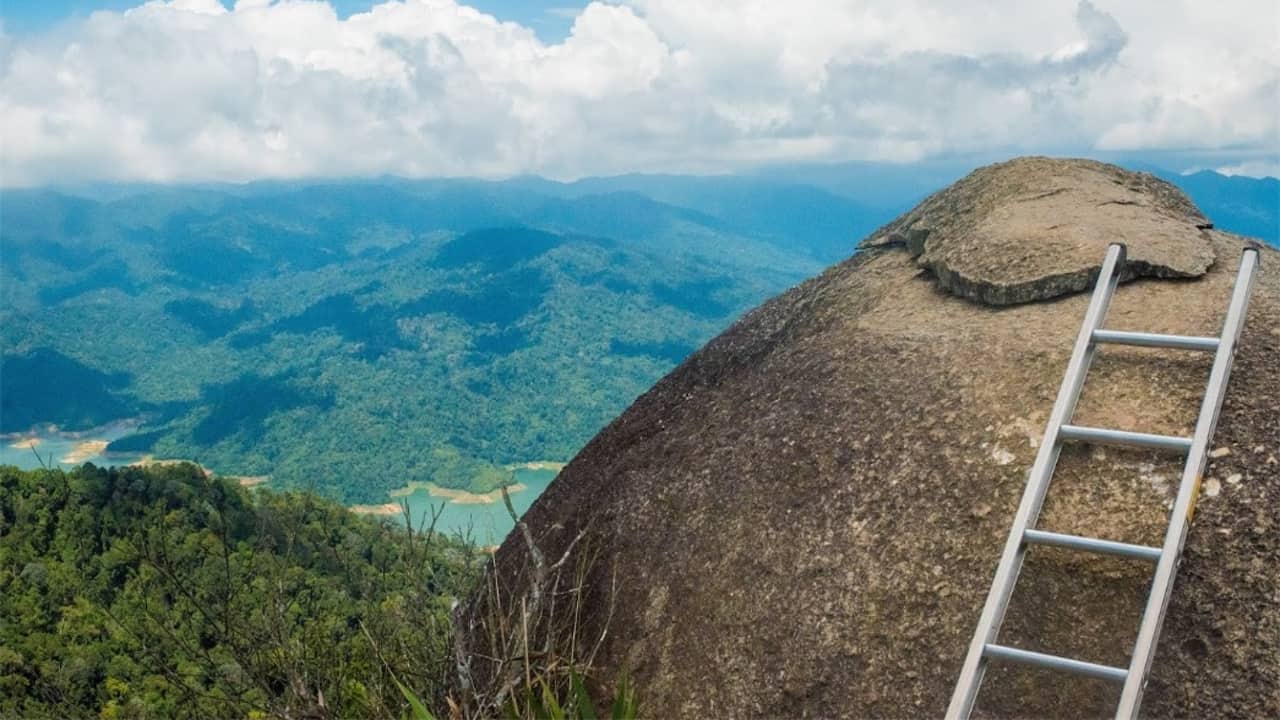


For instance, seven subspecies of mosquitoes were discovered and studied by Kuala Lumpur Institute for Medical Research researchers between 19. This rich biodiversity has attracted biologists and researchers to study the species found in the area. The author also noted that the twigs in the forest resembled reptiles or insects. Ī specimen of Plutodes moultoni, a lepidoptera, discovered in April 1915 Īccording to The Straits Times, Bukit Kutu is rich in biodiversity with its forests of trees, moss, fungus, flowers, orchards, ferns, pitcher plants, vines, monkeys, bamboo, ants, centipedes, lizards, squirrels, butterflies, birds and hornbills. Between the driest and wettest months, the difference in precipitation is 230 millimetres (9 in). December has the lowest average temperature of the year-26.0 ☌ (78.8 ☏). With an average temperature of 27.2 ☌ (81.0 ☏), May is the hottest month of the year. The most precipitation falls in November-an average of 460 mm (18 in). Precipitation is the lowest in June, with an average of 230 millimetres (9 in). The average yearly rainfall is 3,320 millimetres (130.8 in). The temperature there averages 26.5 ☌ (79.7 ☏). Climate īukit Kutu climate is classified as tropical. The main environmental issue created by visitors is littering with rubbish left behind in the area. Samuel Robert Aiken, a geography professor at Concordia University, classified the hill station as minor because of the lack of flat land that hindered additional development. Aside from forests which cover the water catchment areas, the other natural features in Bukit Kutu include the Lata Medang waterfall, and a large stone called Batu Tebung, which was reportedly defaced by irresponsible people who visited the site. The other three are Hulu Selangor, Semangkok and Fraser's Hill. It is one of the four areas that serve as the water catchment area for the Sungai Selangor River. The altitude at its highest point is 1,053 metres (3,455 ft) above sea level. Geography īukit Kutu is a mountainous terrain. In July 2017, a hiker from Egypt was reportedly missing on Bukit Kutu, only to be rediscovered after 16 hours. One hiker was rescued after they collapsed from a muscle cramp in November 2016. While police has been attempted to search for the missing person, as of 2019, her remains has yet to be found. A teacher from Taman Keramat went missing inside the trail in November 2015. There has been several safety related incidents that have been reported since it became a popular hiking trail. As there will be risks of getting lost inside the trail, all hikers are required to register with police and obtain a permit to access the trail that leads to the hill station. The trail to the ghost town has become a popular route with hikers, with peak use occurring on weekends.

The chimney was part of the bungalow previously owned by Tom Sargent, a construction engineer for Federated Malay States Railway. As of 2020, the only remains of this ghost town are a chimney, a fireplace and a well. With the abandonment of the town, the only road access to the hill station became overgrown with thick vegetation, leaving it hidden from public view.

The Japanese army bombed the hill station during World War II. Both buildings were sold to the government of British Malaya as they no longer paid their way. īy 1935, the abandoned bungalows in Bukit Kutu were in ruins and the place had become a ghost town. The Straits Times described the road's quality as "extremely bad" and felt it was a "pity" that a better road had not been constructed considering the hill station was a favorite tourist destination. The hill station was connected by a 15.3 km (9.5 mi) bridle path, which served as the only road connecting Kuala Kubu with Bukit Kutu. Each bungalow provided bedrooms, a landline telephone, a fireplace, a tennis court and a telescope. Occupying them required a permit from the Kuala Kubu District Officer.
NUKIT KUTOY FREE
They served as a lodge for visitors renting for a $1 per day for visitors and available free of charge for government officers. The first bungalow was constructed by the Selangor government in 1895, using granite and timber the second bungalow was constructed in 1904. The hill station was established in 1893 and housed only two bungalows.


 0 kommentar(er)
0 kommentar(er)
